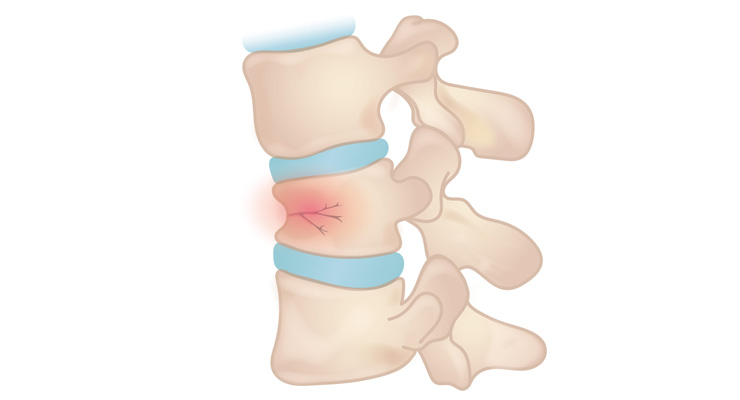Balloon Kyphoplasty

What is Balloon Kyphoplasty?
What Conditions Can Be Treated with Balloon Kyphoplasty?
- Osteoporosis – A condition that weakens bones, making them prone to fractures.
- Metastatic Cancer – Cancer that spreads to the spine and causes bone weakening.
- Multiple Myeloma – A type of blood cancer affecting the bone marrow.
- Trauma – Injuries from falls, accidents, or other sudden impacts.

What to Expect During the Balloon Kyphoplasty Procedure








The area for injection will be thoroughly cleaned with antiseptic solution to prepare a sterile field for the procedure. The physician will wear sterile gloves for the duration of the procedure.

Local anesthesia such as Lidocaine will be injected to numb the area (similar to the numbing you would receive at the dentist) to ensure comfort during the procedure.

You will lie on your stomach on a specially designed table, allowing the doctor easy access to your spine.

A small incision is made, and a hollow needle is inserted into the fractured vertebra under X-ray guidance.







Benefits of Balloon Kyphoplasty
Pain Relief
Improved Mobility
Minimally Invasive
Outpatient Procedure
Reduced Risk of Further Fractures
Risks and Side Effects of Balloon Kyphoplasty
- Infection – Though rare, any surgical procedure carries a risk of infection.
- Cement Leakage – In some cases, bone cement may leak outside the vertebra, potentially leading to complications.
- Nerve or Spinal Cord Damage – Improper placement of the needle or cement leakage can affect nearby nerves, causing pain or neurological issues.
- Blood Clots – A rare complication that can arise due to prolonged immobility after surgery.
- Allergic Reactions – Some patients may have an allergic reaction to anesthesia or bone cement.
- Adjacent Fractures – There is a small chance that reinforcing one vertebra may increase stress on adjacent vertebrae, leading to new fractures.
F.A.Q
General Questions
Balloon Kyphoplasty typically takes about 30 to 60 minutes per treated vertebra.
Many patients can return to light activities within a day or two, but strenuous activities should be avoided for a few weeks.
Most patients experience minimal discomfort during the procedure, and post-operative pain is usually mild.
Risks include infection, cement leakage, or rare complications like nerve damage, though these are uncommon.
